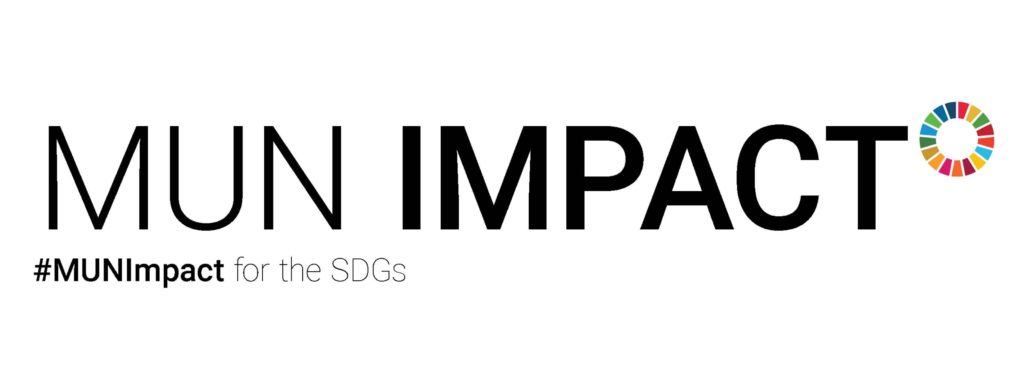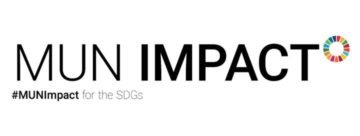January 6, 2020
Happy New Year, everyone! Time is passing so quickly, we’re already halfway through Project 4.7. If you recall, last month we learned that Target 4.7 is classified as “Tier III,” which means that as of yet, there is no established methodology for this particular target. However, there is an exciting update – as of 11 December 2019, Target 4.7 has been updated to Tier II classification!!
As per IAEG-SDGs, Tier II Classification means that “Indicator is conceptually clear, has an internationally established methodology and standards are available, but data are not regularly produced by countries.” (https://unstats.un.org/sdgs/
Within the Statistics Division that was mentioned in last month’s email are published work plans for all Tier III indicators (https://unstats.un.org/sdgs/
December 1, 2019
Researching for Project 4.7 has been illuminating for me. This month, I learned about the Inter-agency and Expert Group on SDG Indicators (IAEG-SDGs), who address Statistical Data and Metadata Exchange (SDMX), Geo-spatial information, and Interlinkages. Each of these three divisions issue reports on their progress at every IAEG-SDGs meeting, which occurs biannually. I discovered that the IAEG-SDGs has classified the SDGs into three tiers. Based on what you know about Target 4.7 so far, can you guess which tier it’s classified as? Open the attached PDF to learn more! I’ve included the link to the latest report if you’re interested in seeing how other targets are classified.
The IAEG-SDGs is housed in the UN’s Department of Economic and Social Affairs site, under “Statistics Division.” If you have never checked it out, it’s a MUST! There is a wealth of information to be found there and data nerds, in particular, will relish in all it has to offer.
This is the last Project 4.7 issue of 2019. Enjoy the holiday season – may it refresh you!
November 2, 2019
Over the last two months, we’ve explored the importance of global citizenship, and how people worldwide identify as global citizens. But we know there’s a problem with Target 4.7 – there isn’t much data to help monitor progress. This is the focus of this month’s reading, which is a brief excerpt from the 2019 Meeting Commitments Global Education Monitoring Report.
The beauty of MUN Impact is that we can help solve this problem. By putting our MUN organizations on the map, we are working to bridge the data gap and connect the MUN experience to Target 4.7. If you haven’t already, please visit the links below to put your MUN on the StoryMap and also participate in a brief survey.
StoryMap: http://bit.ly/
October 2019
Welcome to the October Issue of Project 4.7! Last month’s reading focused on the importance of global citizenship. But how many people worldwide actually consider themselves global citizens? The data shown in the attached PDF may be illuminating – happy reading!
September 2019
Hello everyone, and Happy September! I hope you’re all feeling energized for the start of a new school year. I’m excited to kick off Project 4.7 with a short excerpt from Dr. Fernando Reimers’ book, Empowering Global Citizens (PDF attached). This text discusses the question, “Why is global citizenship important in the 21st century?” Reading it through the MUN lens makes it all the more meaningful – I hope you find it inspiring as we start to delve deeper into Target 4.7!
#SDG4point7 #WeGotThis
4.7 Personal Learning Network
Led by Maria Manacheril of the American School of Doha, participants will be given a monthly reading that relates to Global Education, its place in the UN ecosystem, and the intersection of these competencies and goals within MUN itself. Participants will interact via social media, and receive a digital certificate at the end of the eight month discussion. The goal is to foster deeper understanding among MUN Directors about where Model United Nations fits into the Global Goals, specifically 4.7, and how the MUN community can draw attention to this alignment both with their students and other educational stakeholders, including the United Nations itself. Sign up at http://bit.ly/Target4-7

